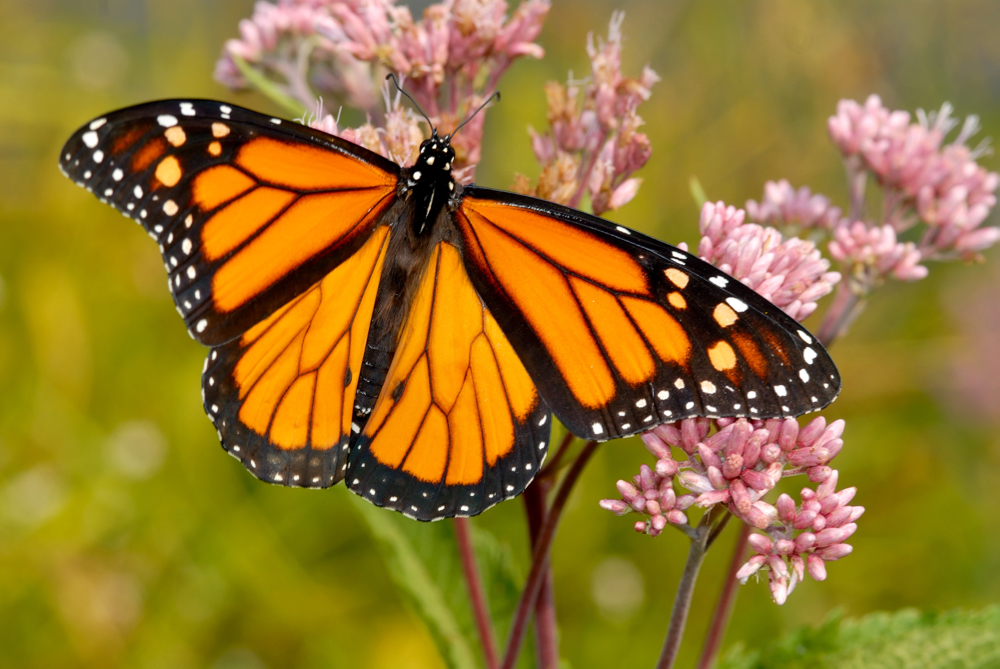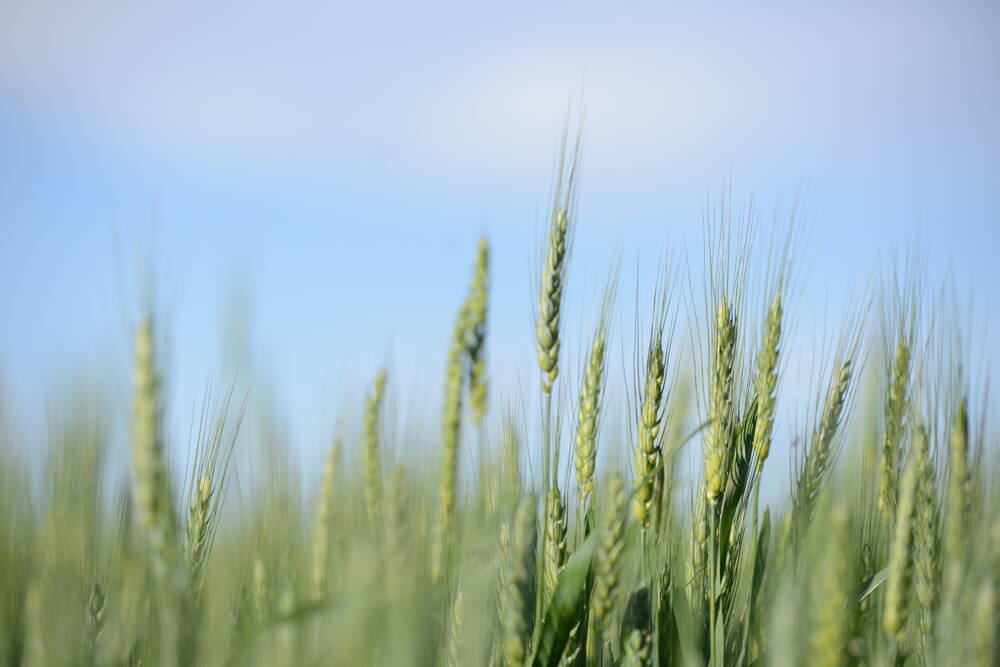Static electricity attracts pollen to insects

Butterflies and moths collect so much static electricity while in flight that pollen grains from flowers can be pulled across air gaps of several millimetres or centimetres.
Read Also

Identifying the farmer factor with YEN network
With another winter wheat season complete, participants in the Great Lakes Yield Enhancement Network (YEN) continue learning how the farmer factor — what a grower does, and when — can make or break top yields.
The finding, published recently in the Journal of the Royal Society Interface, suggests this likely increases their efficiency and effectiveness as pollinators.
The study opens the door to the possibility for technologies to artificially increase the electrostatic charges on pollinators or pollen to improve pollination rates in natural and agricultural settings.
“We’ve discovered that butterflies and moths accumulate so much static electricity when flying that pollen is literally pulled through the air towards them as they approach a flower,” says Sam England, lead author from Bristol’s School of Biological Sciences.
A team at the University of Bristol also observed that the amount of static electricity carried by butterflies and moths varies between species, and that these variations correlate with differences in their ecology, such as whether they visit flowers, are from a tropical environment, or fly during the day or night.
This is the first evidence to suggest that the amount of static electricity an animal accumulates is a trait that can be adaptive, and thus evolution can act upon it by natural selection.
England says it was already known that many animal species accumulate static electricity as they fly, most likely through friction with the air.
There had also been suggestions that this static electricity might improve the ability of flower-visiting animals, like bees and hummingbirds, to pollinate through electrostatic attraction. It wasn’t known if this applied to butterflies and moths, which the study confirmed.
“A clearer picture is developing of how the influence of static electricity in pollination may be very powerful and widespread,” says England.
“By establishing electrostatic charging as a trait upon which evolution can act, it opens up a great deal of questions about how and why natural selection might lead to animals benefiting or suffering from the amount of static electricity that they accumulate.”
Source: Farmtario.com

